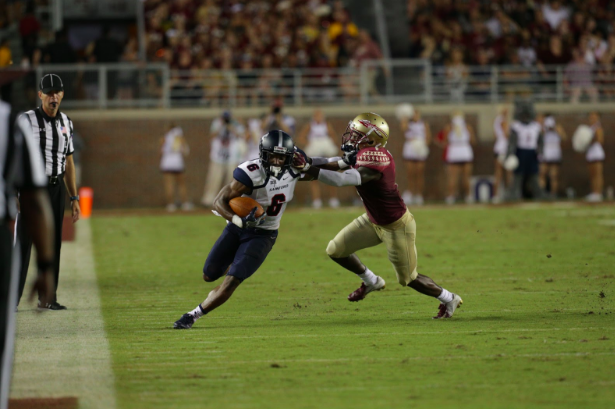Samford University is home to hundreds of student-athletes that compete in the Southern Conference. While student-athletes may be well-known on campus, their life in their sports is not as familiar to the average student.
Samford Director of Sports Medicine for Olympic Training Anne Westbrook Gay helped to shed some light on the life of a student-athlete.
“The difference between collegiate athletics and professional athletics, college athletes have a lot more stressors when it comes to the classroom, how much sleep they’re getting, when they have to do a lot more studying… with professional, usually it’s their job, it’s all they have to focus on outside their family life.”
College athletes have a more difficult time balancing their schedule due to classes, training, recovery, practices and games. This balance becomes even more delicate when an athlete sustains an injury. Anne talks about the toll that injuries have on athletes, both mentally and physically.
“Yeah, it can take a huge toll on them mentally, especially if they’re a high-minute player or an impact player on their team, to kind of take that away from them, a lot of athletes in general, they kind of find their identity in their sport. So it’s trying to find a new identity in their recovery process.”
Non-student athletes at Samford might think that the life of an athlete is glamorous and envy such a position. But while there are many rewarding factors, there are other sacrifices that have to be made. Like any other job, college athletics requires a commitment to do everything you can to compete at the highest level.




